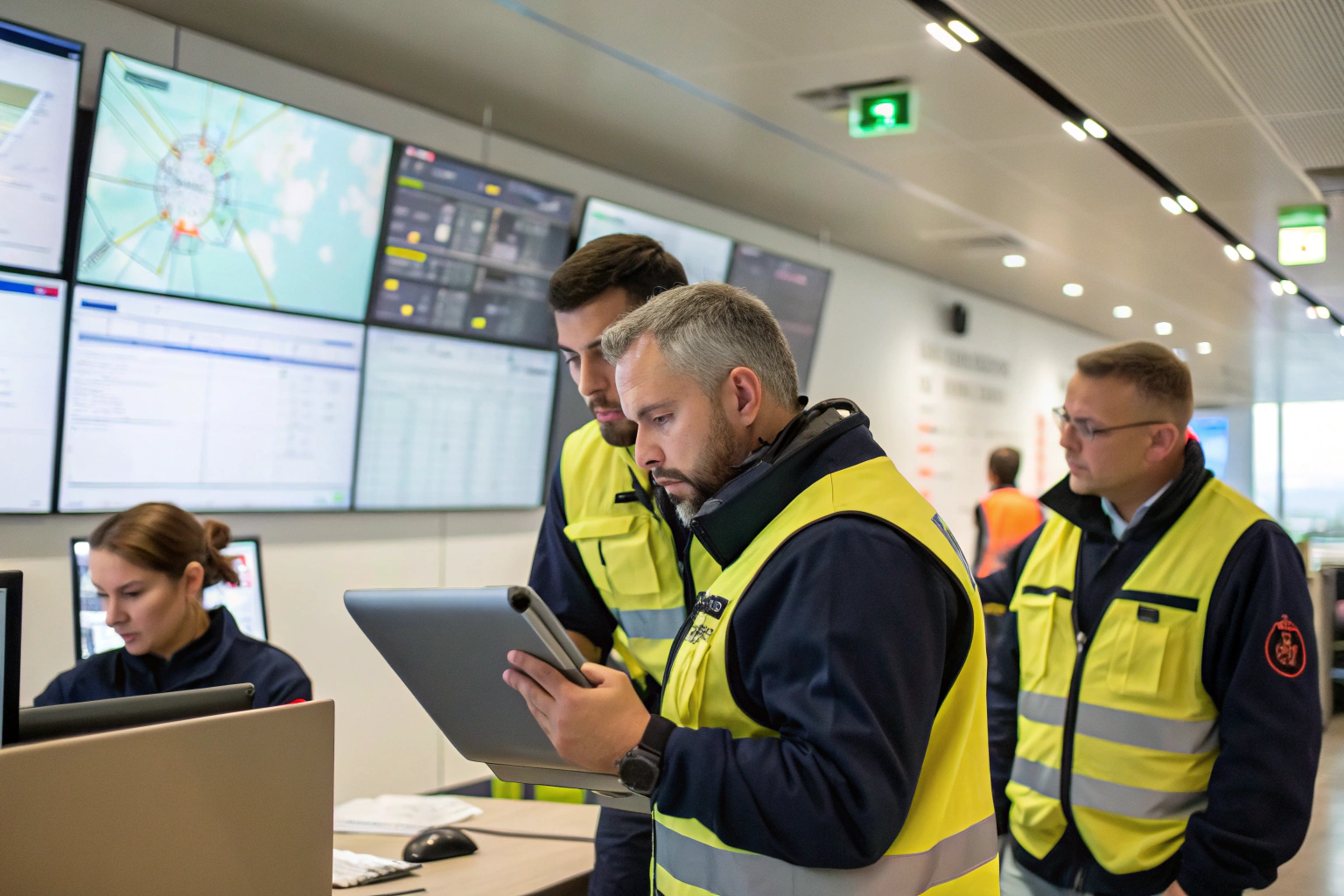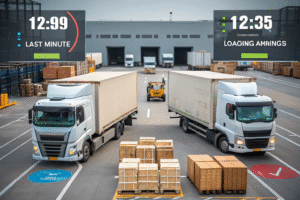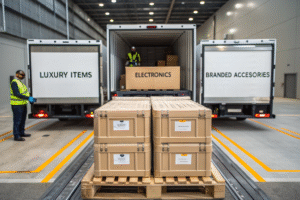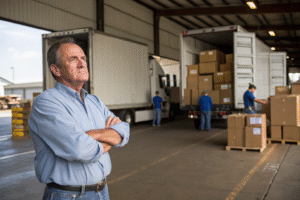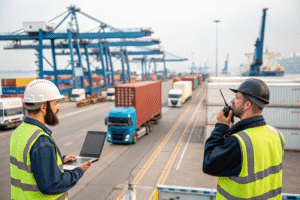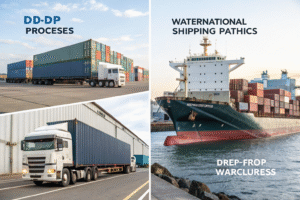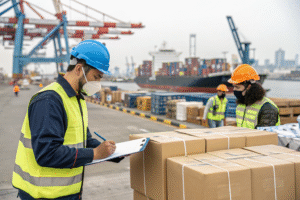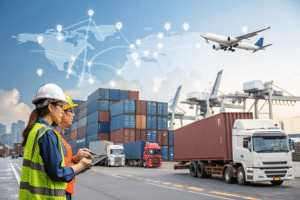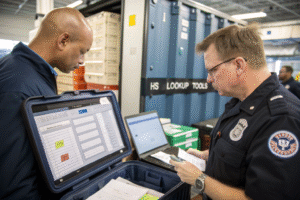Shipping goods from China to the U.S. or Europe involves more than picking the right forwarder — it’s about managing dozens of moving parts, any of which could cause loss, delay, or damage. From storms at sea to customs holds, freight risk is real — and costly.
The best way to reduce freight risks is to control visibility, documentation, insurance, packaging, and compliance through proactive coordination and expert freight partners like GeeseCargo.
In this article, I’ll break down the key risks faced by importers and what practical steps you can take — today — to ensure your shipment arrives intact, on time, and hassle-free.
What Are the Most Common Freight Risks from China?
Every importer has experienced it — a delayed vessel, lost cartons, surprise customs fees. But most risks fall into predictable categories.
Freight risks include cargo damage, port delays, customs rejections, weather disruptions, and lack of shipment visibility.
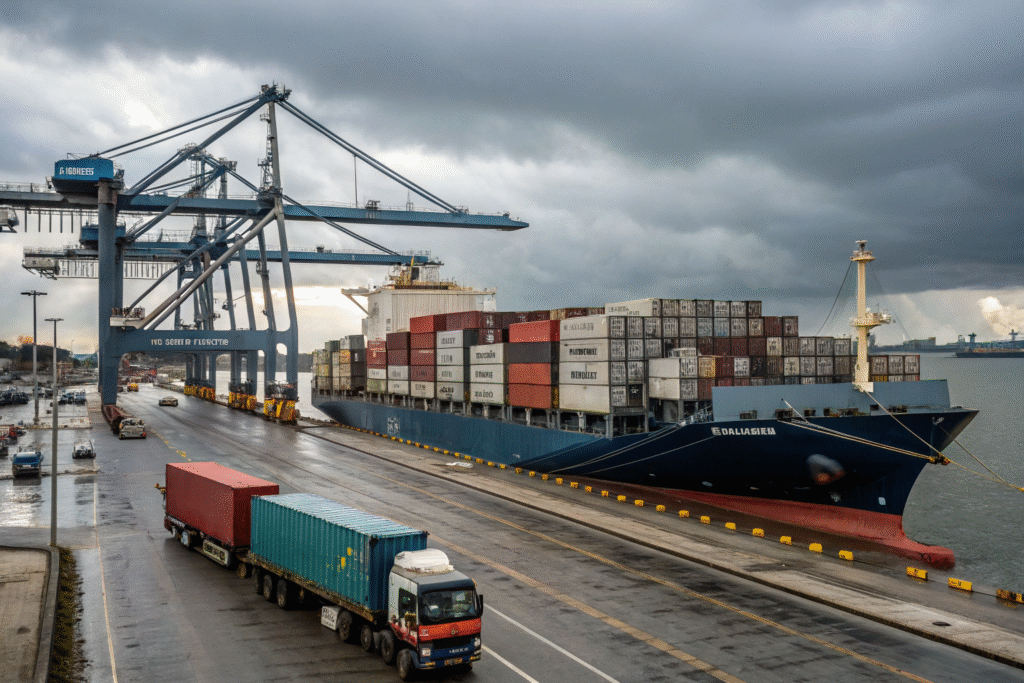
Why Does Cargo Damage Still Happen So Often?
Even with sturdy packaging, damage can occur due to poor palletizing, overstacking, or exposure to moisture and rough handling. This is especially true for shipments moving through multiple hubs.
We recommend ISPM 15-compliant packaging and plastic wrapping for sea freight. Our network of cargo surveyors can also inspect goods at the origin warehouse before shipping.
How Do Port Congestion and Schedule Delays Affect Risk?
When ports like Shenzhen or Ningbo get congested, ETAs stretch unpredictably. This can cause missed sales windows or storage fees at the destination.
Using platforms like PortCast and MarineTraffic we help clients proactively choose alternate routes or carriers with better reliability scores.
How Can Insurance Minimize Freight Loss or Theft?
Insurance is your last line of defense. Without it, a storm, fire, or theft can turn into a total loss — and a financial nightmare.
Freight insurance protects against damage, loss, or theft, and GeeseCargo helps clients secure all-risk coverage for both air and ocean shipments.

What Type of Insurance Coverage Is Ideal?
There are three major types:
- FPA (Free of Particular Average): Minimal, for total loss only.
- WA (With Average): Covers partial losses under specific causes.
- All-Risk: Comprehensive, covering most types of damage or theft.
We always recommend All-Risk cargo insurance for high-value shipments. Policies are backed by global insurers like TT Club or Lloyd’s of London.
How Does GeeseCargo Manage Claims If a Problem Occurs?
If loss occurs, we assist in submitting documents including the packing list, commercial invoice, inspection report, and photographs. We aim for fast resolution in 10–15 days, with the insurer reimbursing the declared value or repair costs.
What Steps Help Prevent Customs Delays and Fines?
Even perfectly packed shipments can get delayed if customs paperwork is incomplete or inaccurate. Regulatory compliance is one of the most overlooked risks in freight.
Accurate documents, HS codes, labeling, and proper certificates help prevent customs holds, penalties, or re-exportation.
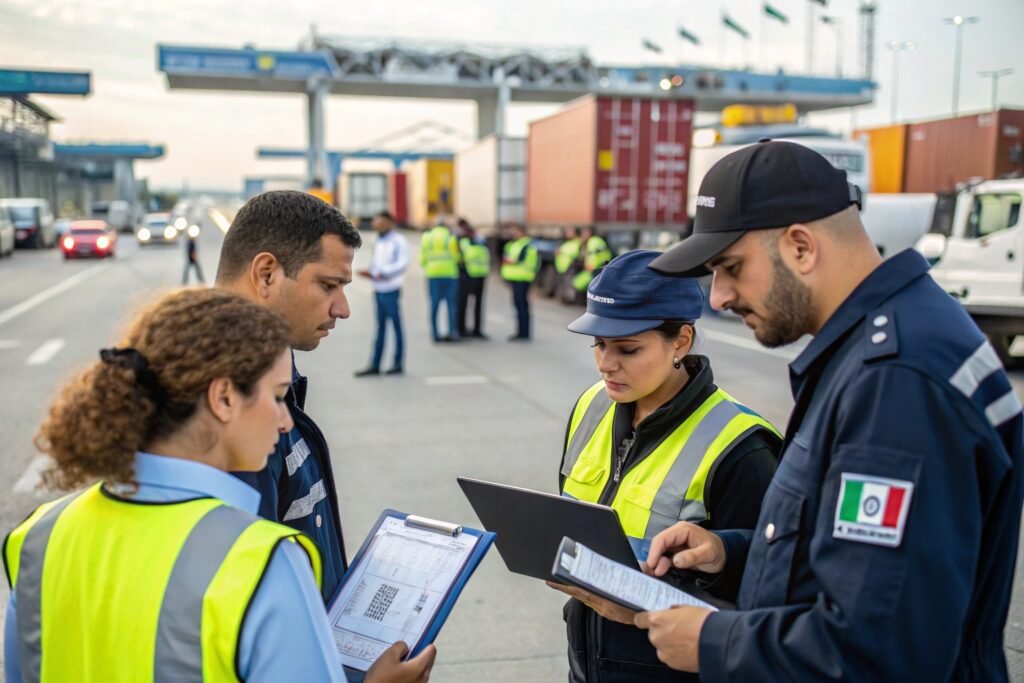
What Documents Need Special Attention?
The most critical documents are:
- Commercial Invoice
- Packing List
- Certificate of Origin
- HS Code Declaration
- Import Licenses (if applicable)
We verify all documents using destination country guidelines — including CBP guidelines for U.S. imports and EU rules for CE compliance.
What Happens If There’s a Customs Inspection?
If your goods are flagged for inspection, we immediately dispatch an agent to assist. In the U.S., we help manage CBP exams and negotiate bonded warehouse delivery to reduce time and fees.
How Does Technology Help Reduce Freight Risks?
Most risks aren’t random — they’re just invisible until it’s too late. Technology changes that.
With real-time tracking, proactive alert systems, and centralized documentation, clients can react to issues before they escalate.
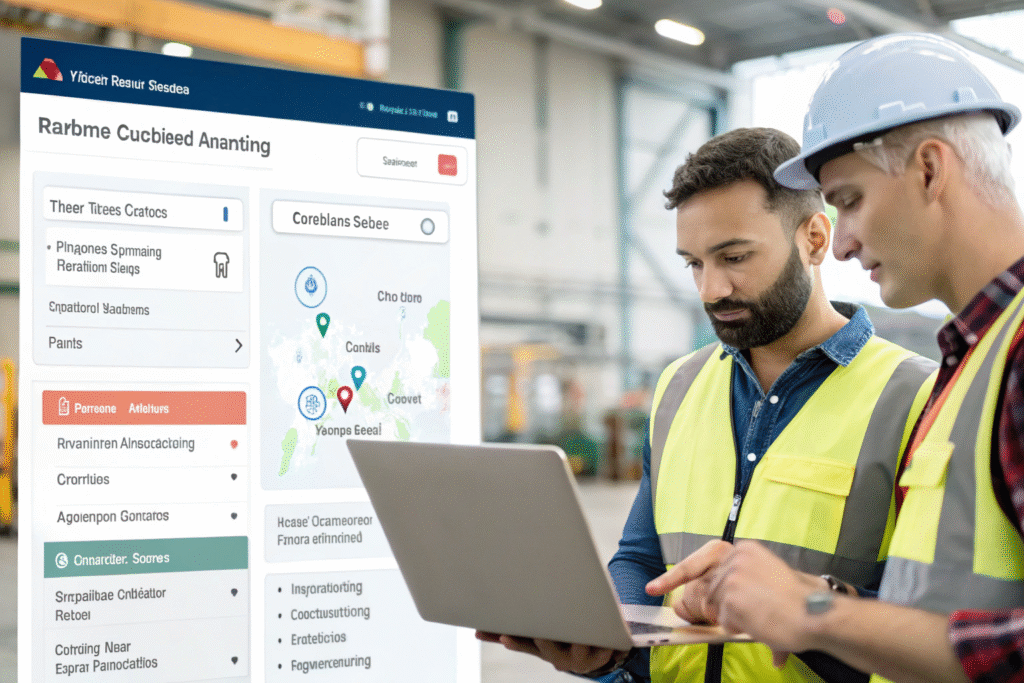
What Tracking Tools Does GeeseCargo Use?
We use:
- CargoWise for freight documentation and visibility
- Project44 for container tracking and risk scoring
- FourKites for predictive delays and port activity
These tools allow clients to access every detail — and get real-time SMS/email alerts for ETA shifts or inspections.
Can Technology Predict Risk Before It Happens?
Yes. We integrate weather data, political risk feeds, and port congestion updates into our system. This means if a typhoon is forecasted near Shanghai, or protests shut down customs in Europe, we reroute your shipment in advance.
This kind of proactive rerouting helped one of our clients avoid $9,000 in storage fees during the 2023 French customs strike.
Conclusion
Freight risk is part of international trade — but that doesn’t mean it’s out of your control. With the right partners, technology, and planning, you can eliminate most of the threats before they impact your delivery or profit.
At GeeseCargo, we believe visibility, documentation, and proactive planning are the pillars of safe, on-time delivery. We don’t just move your goods — we protect your entire supply chain from risk.
So next time you ship from China, ask not just how it will get there — ask how safely. We’ve got the answers.
